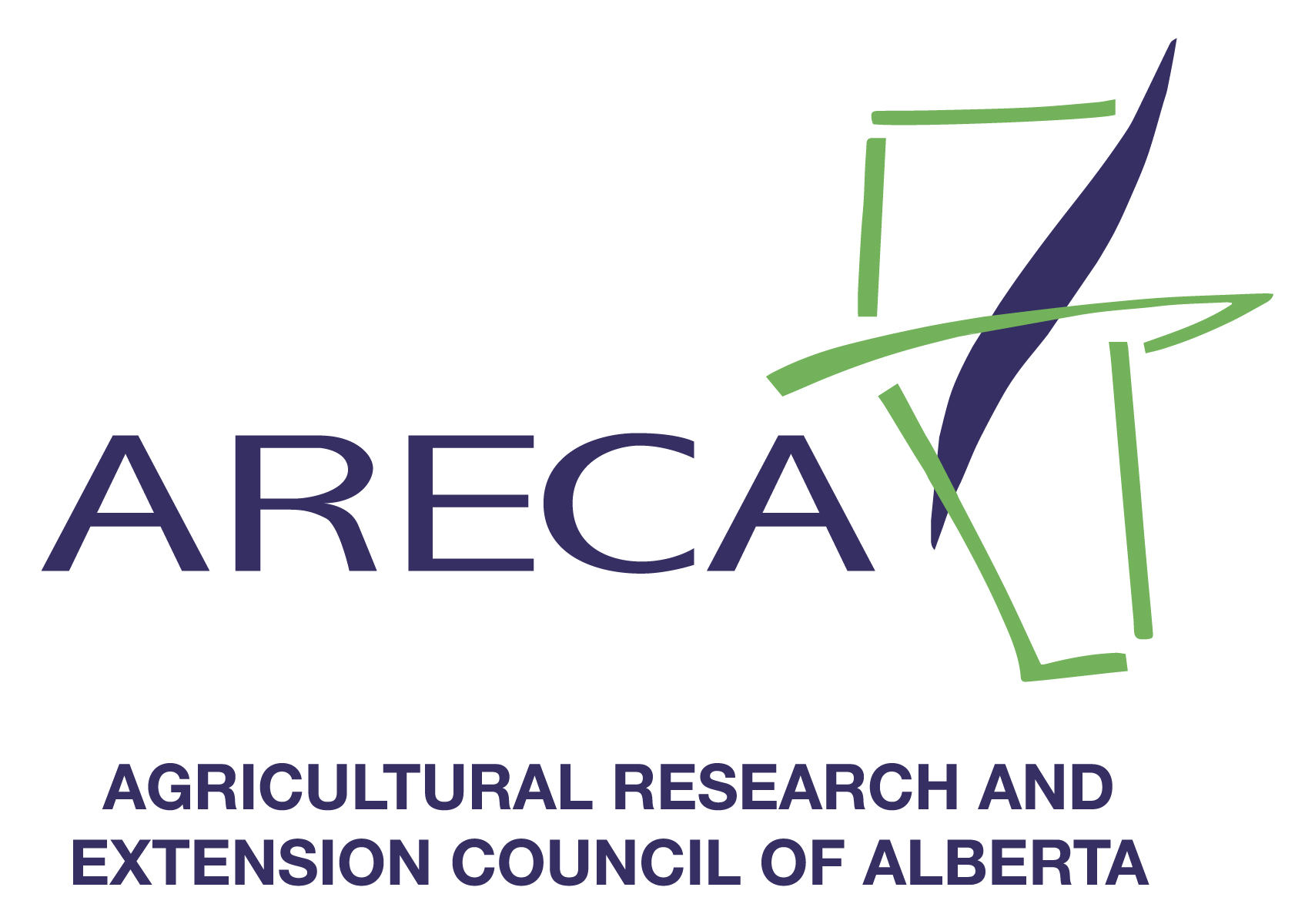Off-site pasture watering for cattle, where water is pumped from a well or dugout into a trough, is becoming more popular with cattle producers in all regions. It protects water sources and provides clean water to cattle, and that has been shown to improve cattle performance.
One concern for many producers is how well the system works in winter. Technological progress has made these systems more reliable and efficient than ever before, says Ken Williamson, a water specialist with Alberta Agriculture and Food (AF) in Red Deer. “The bottom line is there are now off-site watering solutions available for most any situation.”
The basics
The three basics of any off-site watering system, says Williamson, are the pump, a way to activate and power the pump, and a way to prevent the system from freezing. “It has to be able to reliably deliver water to the cattle in cold temperatures,” he says. Here are three common off-site watering systems:
- Pump, drain below frost. With this system, water is pumped from below the frost level into a drinking bowl. Once the cattle are finished drinking, the excess water drains back into a reservoir below the frost level to keep it from freezing. “One system available to producers is an animal powered nose pump that drains like the old-fashioned hand pumps did,” says Williamson. “Another system uses solar power and motion detectors. A motion detector switch turns on the pump when the animals approach for water then turns off and drains when there is no motion detected.”
- Pump and retain heat in an insulated trough. These systems retain heat through insulation around the trough. The major advantage of this system is that it requires little power. However, it also requires some careful management. “These operate on the same principle as an insulated travel mug — the water must be consumed before it gets too cold and freezes,” says Williamson. “There must be enough water used each day to keep the tank replenished with ‘warm’ water.”
- Pump water and use heated tank. Some systems feature supplementary heat sources such as at stock tank heater powered by propane. “New systems are now available that utilize a solar pump, insulated waterer and low energy propane heating unit. These can operate for three to four weeks on as little as 20 lbs of propane.”
Technical assistance available
Information and assistance on off-site watering, as well as a number of other on-farm environmental practices, is available through a strong network of EFP Technicians throughout the province.
This article may be reprinted with the credit: Alberta Environmental Farm Plan
For more how-to fact sheets or other information, visit www.albertaEFP.com.
 Initiative
Initiative



